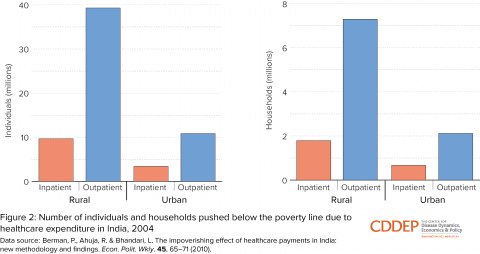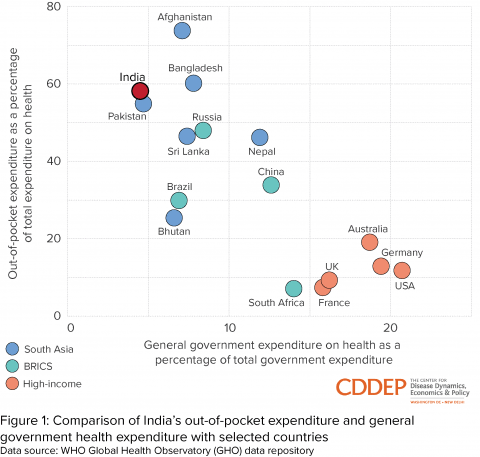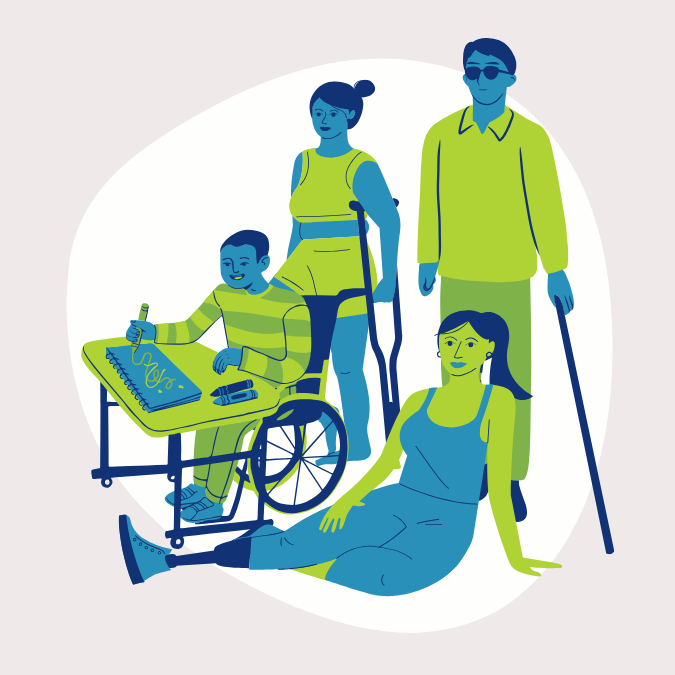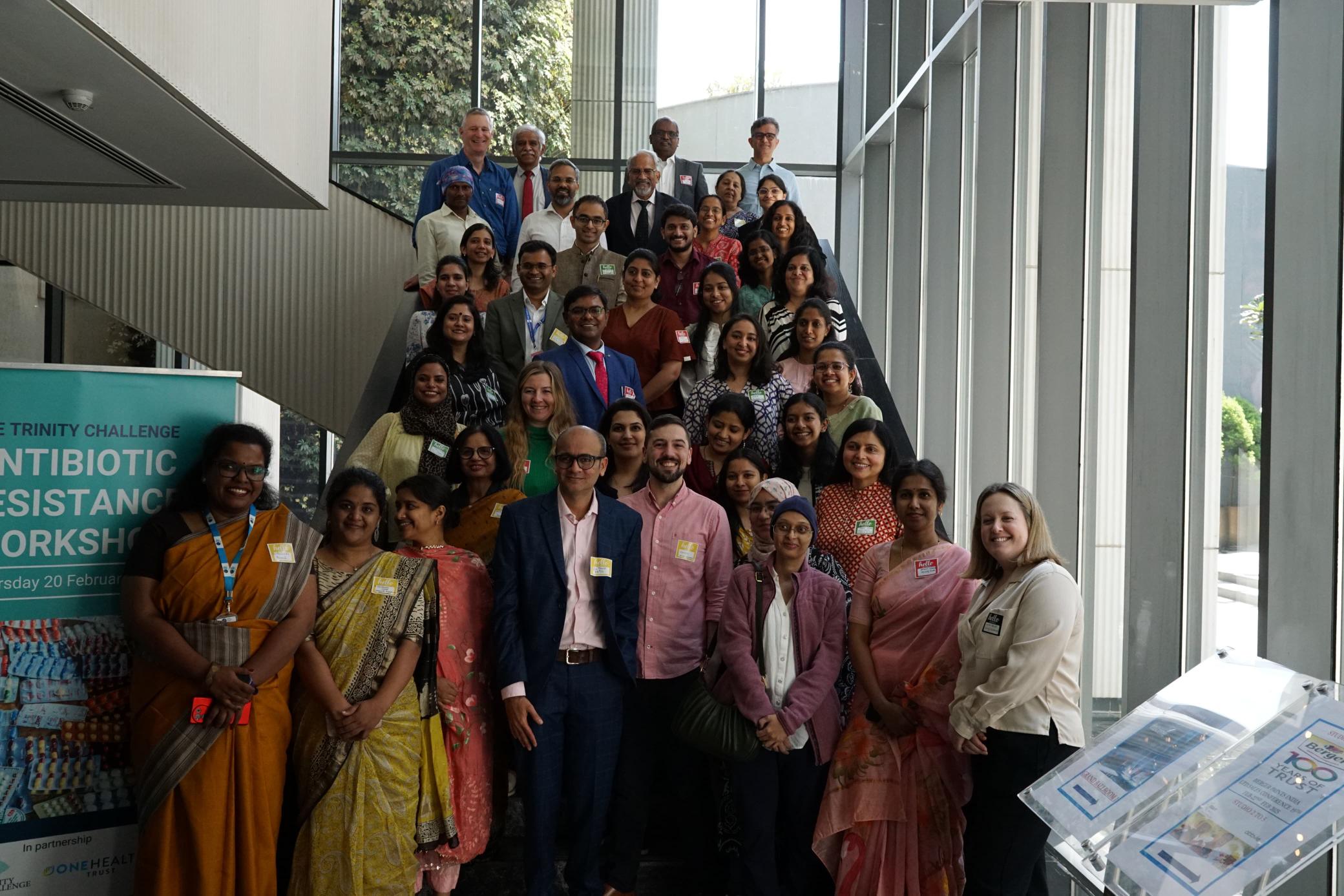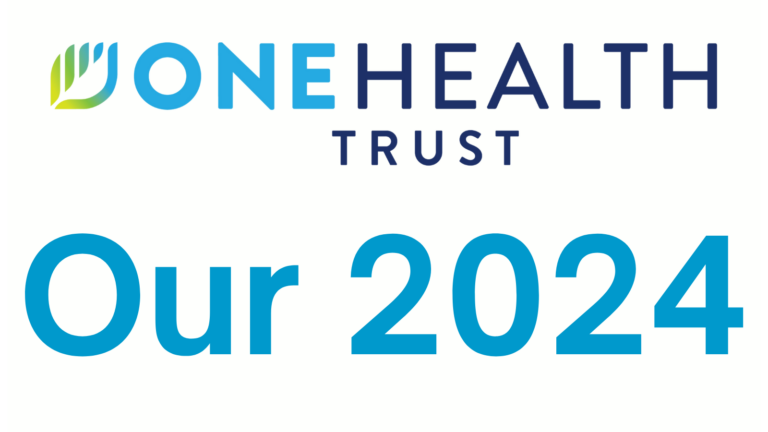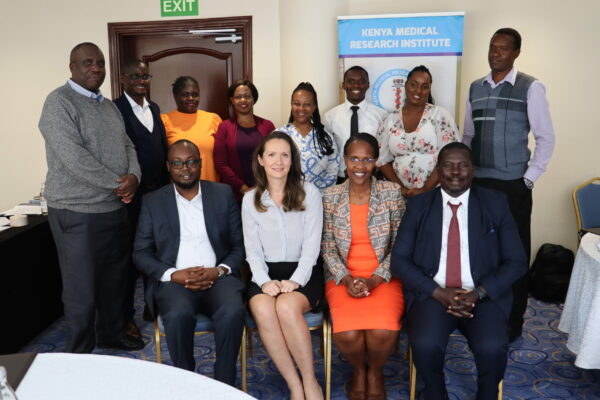June 04, 2016

Each year, some 150 million people worldwide face financial catastrophe due to spending on health—and according to a 2010 study, more than one third of them live in India.1,2The number of Indians falling below the poverty line (BPL) due to health spending may run as high as 63 million people: almost 7% of the nation’s population.2This total is on the rise: the Indian Ministry of Health reported that 18% of households faced catastrophic health costs in 2011-12, as compared to 15% in 2004-5.3The vast majority of healthcare-related impoverishment takes place in rural areas, and occurs in the context of outpatient care.2,4
As a 2015 Government of India (GoI) report states, “incidence of catastrophic expenditure due to health care costs is growing and is now being estimated to be one of the major contributors to poverty. The drain on family incomes due to health care costs can neutralize the gains of income increases and every Government scheme aimed to reduce poverty.”3
Analysis of one national survey shows that poor people tend to spend the largest portion of their out-of-pocket (OOP) budget on purchasing drugs, and the least on inpatient treatment. Seventy-two percent of OOP expenditures (74% in rural areas, 67% in urban) are drug-related, vs. 30-35% on inpatient and outpatient care combined. In the poorest states, the proportion of drug sales is even higher.5
Researchers C.C. Garg and A.K. Karan found that in modeling schemes that remove household expenditure on drugs (which would be provided for by another payer), healthcare expenditures don’t affect the number of families that fell BPL. In other words, in modeling schemes that provide free medicine, no one falls below the poverty line due to spending on health—a very different story than the current situation. The study team go as far as to claim that expenditure on drugs is “one of the major causes of impoverishment in India.”5Over-prescription and irrational use of drugs—by both practitioners and patients—undoubtedly play a role in the current situation.
Part of the root cause is low public investment in health. According to WHO, India ranks 184th out of 191 countries in terms of percent-of-GDP spending on health. At around $29 (PPP), Sri Lanka, China, and Thailand all invest three to four times more per capita. In addition, spending has stalled in the past two decades: from 1990-1991 it was .9%, only climbing to 1.2% of GDP in 2009-10.6The low provision of pro-poor services leads to an undue reliance on out-of-pocket financing for health. Currently, 85.9% of private healthcare is financed out-of-pocket—only Pakistan, Bhutan, Myanmar and Bangladesh have higher rates in South Asia.7
GoI has leveraged these funds into several highly ambitious insurance schemes, including Rashtriya Swasthya Bima Yojana (RSBY), which covers inpatient care for BPL families, the Employment State Insurance Scheme (ESIS) and Central Government Health Scheme (CGHS), which act as safety nets for Indians based on their employment, and Aam Aadmi Bima Yojana (AABY), which covers the landless poor.8
However, analysis by the GoI Planning Commission argues that programs are covering the wrong issues: the commission’s 2015 health policy plan reported that conditions falling under current universal coverage plans cover less than 10% of mortalities and 15% of morbidities, and that over 75% of communicable diseases are not part of existing programs. In addition, none of these universalizes the provision of drugs.3
In tandem with improved drug provision, bolstering drug stewardship is an important way forward. Reducing over-prescription—especially of antimicrobials—via facility-based stewardship programs is already known to improve patient outcomes and be a useful strategy in combatting drug resistance,9but it could also have the considerable benefit of reducing overall burden of healthcare costs on the poor.
Though often discussed with respect to growing drug resistance, the issue of rationalizing drug use has an increasingly staunch pro-poverty tenet that merits further analysis as a driver of healthcare-related impoverishment. GoI’s 2015 policy makes its mission clear with respect to drug reform, health-related impoverishment and an overall rights-based approach: the 2015 plan vows “to break the deadlock and this vacillation and move forwards with determination.”3Improvements on the ground will be complex and hard-won—and only time will tell whether they prove successful.

